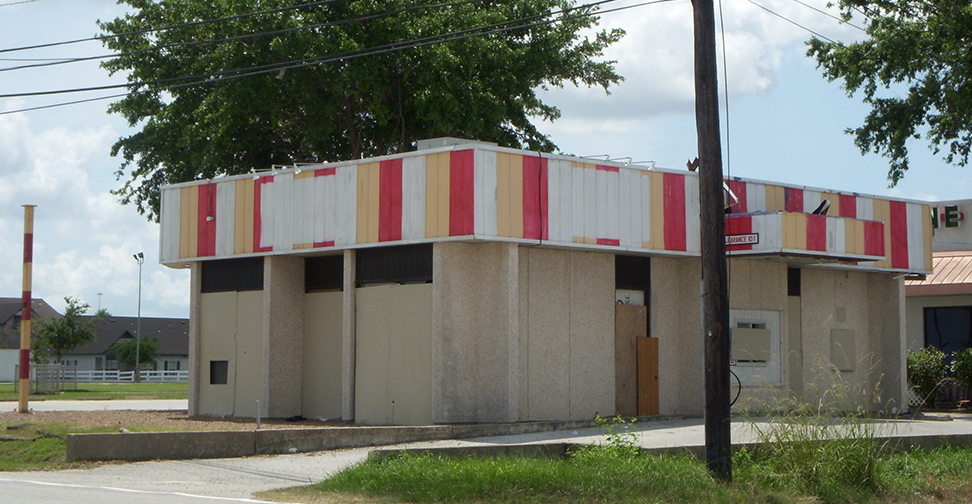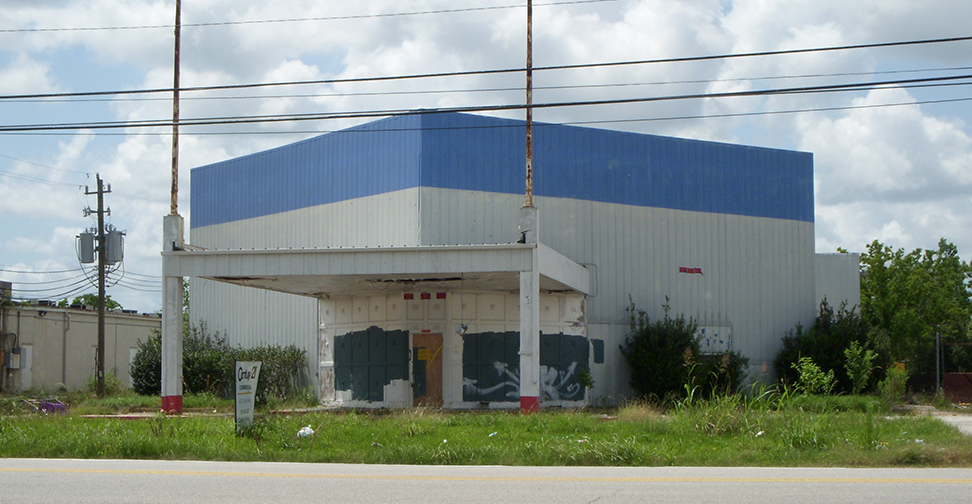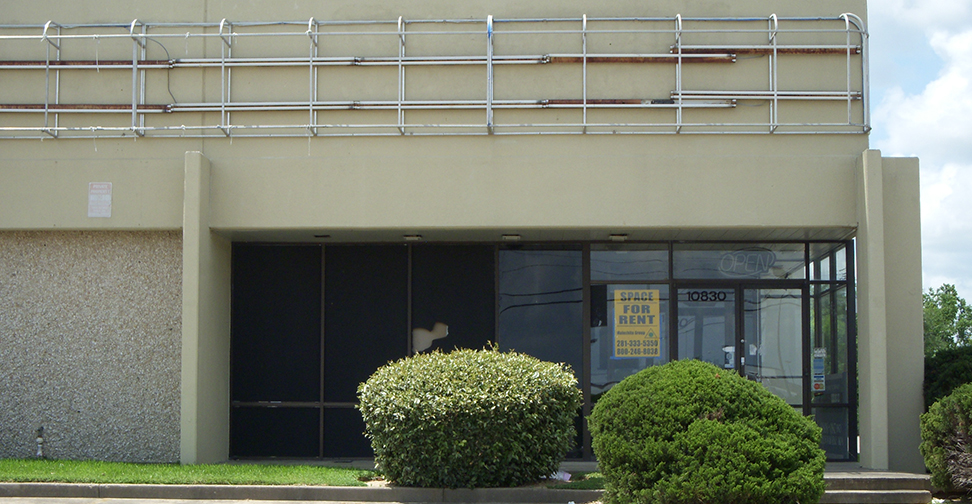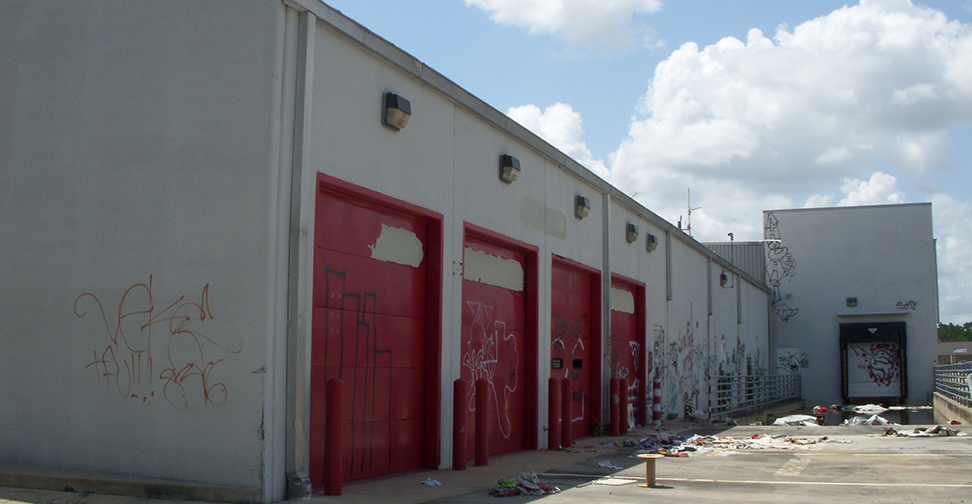While it is hard to imagine adaptive reuse projects by masters such as le Corbusier, Mies van der Rohe or Frank Lloyd Wright, it is not as unusual to see some of the current stars working on such typology. Examples abound: from OMA’s Prada store in New York, formerly the SoHo branch of the
Guggenheim Museum to Herzog & de Meuron’s CaixaForum, a transformed power station in Madrid.
Adaptive reuse projects can consist of very simple changes in tenant type within a single building. They can also be as complex as to initiate the transformation of communities like Rick Lowe’s Project Row Houses in Houston’s Third Ward, where the adaptation of the shotgun house into art and community space is the seed. Or, conversely, the gradual transformation of metropolitan areas where downtown districts were only a workplace, and over time morphed into live/work/play centers, becoming the catalyst for adaptive reuse projects.
The overstated notion that “form follows function” is not a plausible equation in adaptive reuse. In this case, function has to unquestionably follow form. Architects seem to be more eager to seek form rather than to merely serve programmatic function. However, when a designer masters a client’s programmatic requirements while making these fit into an existing shell, the project can be as rewarding as one that is ground-up.
Perhaps most Architect’s reluctance to seek, propose or engage in more adaptive reuse projects has to do with the perceived higher profitability of new ones. Maybe it relates to the notion that photographing new exteriors presents better portfolio-padding opportunities than only generating “space”. Or simply with a feeling of unshared authorship. The combination of these factors leaves adaptive reuse initiatives mostly to the client.
The reuse of single tenant buildings has been widespread for a while. The extinction of stores like Best, K-Mart and Incredible Universe gave way to the transformation and reuse of the “big box”. While some have been torn down, many others are being adapted to accommodate new uses. Additionally, when the enclosed, air conditioned mall became less appealing to patrons and businesses moved out, institutions with limited financial resources began to lightly transform them to house their functions. Community colleges around the country are a good example of this trend.
And while malls become educational facilities, there is an even greater change occurring. That is the intersecting and overlapping effect of functions and the fusing of ways in which we experience things. For instance, the fusion of inherently different activities like mass and stage performance has opened the way for other adaptive reuse projects such as theaters becoming churches and vice versa. The theatricality of the evangelical ceremony and the growing reverence for the arts, in this case stage theater, are producing projects such as the transformation of the Compaq Center, a sports and performance venue in Houston, into a mega church.
So, as adaptive reuse highlights the temporality of built structures, it denotes that function and manner are also temporary, perhaps more temporal than the building itself.






